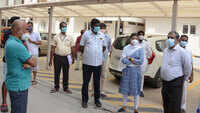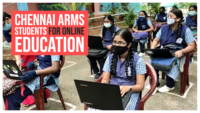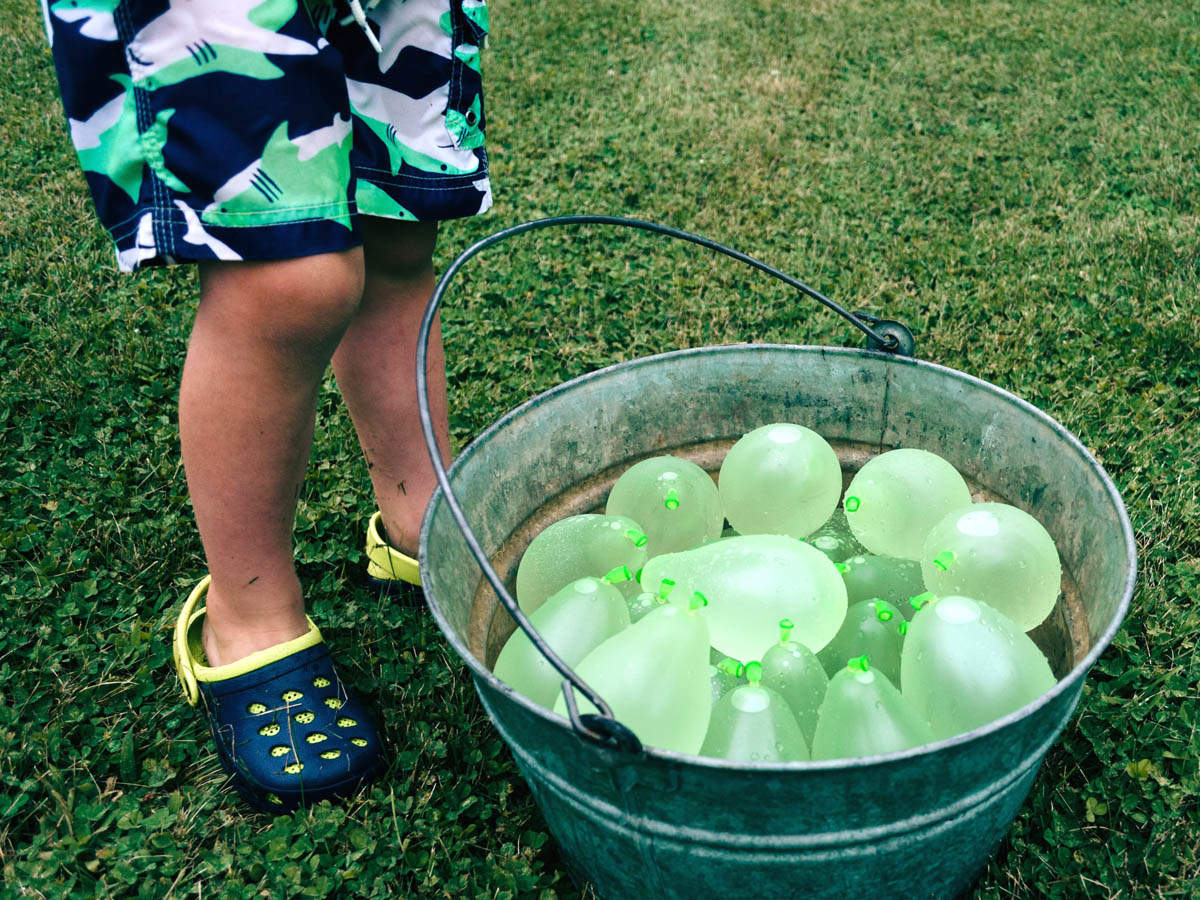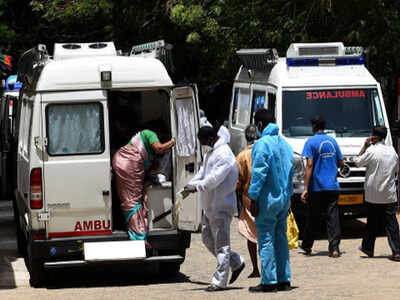
CHENNAI: As cases continue to mount across all districts, the total number of patients discharged in the state crossed one lakh on Wednesday.
Tamil Nadu added 5,000 discharges, taking the number of people treated and sent home to 1,02,310, and the recovery rate to 66%.
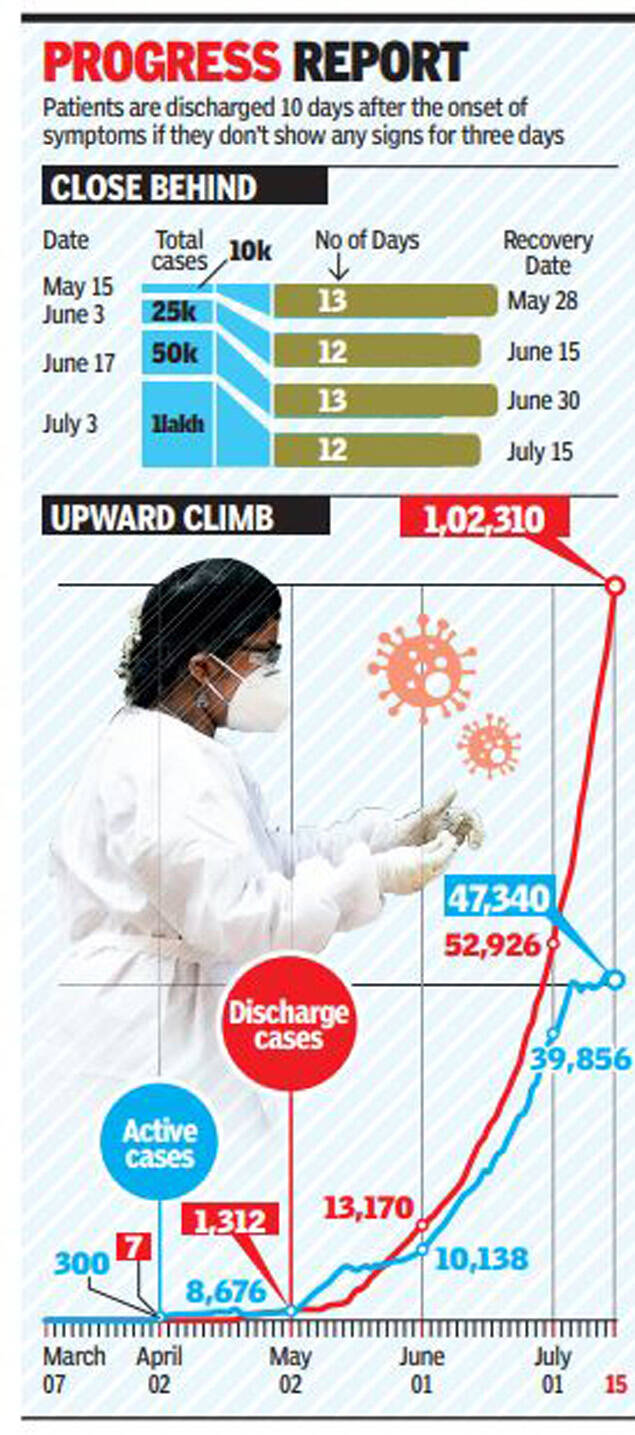
TN, worst hit by the pandemic after Maharashtra, has recorded the lowest death rate among the top five high-incidence states. While Maharashtra has a 55% recovery rate and a case fatality rate of nearly 4%, Delhi has a recovery rate of 82%, with fatality inching close to 3%.
“We have managed to keep the fatality low and recovery high throughout the past four months,” said health minister C Vijayabaskar. “This was achieved through meticulous planning by officials and the hard work of doctors and paramedical staff. We ensure our doctors have all the drugs and equipment to treat complicated cases,” he said.
Four out of every five patients have mild or no symptoms and about 20% of them require hospitalisation either because they have symptoms such as breathlessness or because they have comorbid conditions that require monitoring or intensive care.
“On an average, even the most severe cases recover within 12 to 13 days,” said director of medical education Dr R Narayananababu.
Tamil Nadu’s case tally touched 10,000 on May 15 and the recovery rate touched the 10,000-mark on May 28. The number of days it took for the recovery to reach 25,000 cases from the day the state recorded as many cases was 12. The same pattern followed for the 50,000 and 1 lakh milestones. “This means, by July 28, most people who tested positive until now should be out of hospitals,” he said.
Director of public health Dr T S Selva Vinayagam said the state has been following stringent protocols for discharge. All people on home quarantine are monitored by hospitals concerned and respective local bodies. People admitted to Covid care facilities – isolation in non-hospital environment – patients are monitored every day for temperature and oxygen saturation (using pulse oximeter). “Patients in both these groups are discharged 10 days after the onset of symptoms provided they show no symptoms for three consecutive days. They are tested prior to discharge,” he said.
However, at the time of discharge, the patients are advised home isolation and told to self-monitor their health for a week.
Patients with moderate symptoms are hospitalised for oxygen support and other medical interventions. The discharge protocol for such patients is similar (10 days post onset of symptoms). “Although ICMR says no test is required, hospitals in TN are advised to discharge them only after a chest x-ray,” he said.
In severe cases, including immunocompromised (HIV patients, transplant recipients, malignancy) patients, the discharge criteria are based on clinical recovery. “The patient has to test negative once by RT-PCR after resolution of symptoms. We ensure all parameters, including blood sugar and pressure, are normal before they are discharged,” he said.
But the danger still lurks. Infectious diseases experts warn that increase in cases could push up the fatality rate. “The challenge is to keep active cases low. The bed occupancy should not go beyond 70%. The best way to do this is to test more people and isolate them early,” said National Institute of Epidemiology deputy director Dr Prabhdeep Kaur.
Tamil Nadu added 5,000 discharges, taking the number of people treated and sent home to 1,02,310, and the recovery rate to 66%.

TN, worst hit by the pandemic after Maharashtra, has recorded the lowest death rate among the top five high-incidence states. While Maharashtra has a 55% recovery rate and a case fatality rate of nearly 4%, Delhi has a recovery rate of 82%, with fatality inching close to 3%.
“We have managed to keep the fatality low and recovery high throughout the past four months,” said health minister C Vijayabaskar. “This was achieved through meticulous planning by officials and the hard work of doctors and paramedical staff. We ensure our doctors have all the drugs and equipment to treat complicated cases,” he said.
Four out of every five patients have mild or no symptoms and about 20% of them require hospitalisation either because they have symptoms such as breathlessness or because they have comorbid conditions that require monitoring or intensive care.
“On an average, even the most severe cases recover within 12 to 13 days,” said director of medical education Dr R Narayananababu.
Tamil Nadu’s case tally touched 10,000 on May 15 and the recovery rate touched the 10,000-mark on May 28. The number of days it took for the recovery to reach 25,000 cases from the day the state recorded as many cases was 12. The same pattern followed for the 50,000 and 1 lakh milestones. “This means, by July 28, most people who tested positive until now should be out of hospitals,” he said.
Director of public health Dr T S Selva Vinayagam said the state has been following stringent protocols for discharge. All people on home quarantine are monitored by hospitals concerned and respective local bodies. People admitted to Covid care facilities – isolation in non-hospital environment – patients are monitored every day for temperature and oxygen saturation (using pulse oximeter). “Patients in both these groups are discharged 10 days after the onset of symptoms provided they show no symptoms for three consecutive days. They are tested prior to discharge,” he said.
However, at the time of discharge, the patients are advised home isolation and told to self-monitor their health for a week.
Patients with moderate symptoms are hospitalised for oxygen support and other medical interventions. The discharge protocol for such patients is similar (10 days post onset of symptoms). “Although ICMR says no test is required, hospitals in TN are advised to discharge them only after a chest x-ray,” he said.
In severe cases, including immunocompromised (HIV patients, transplant recipients, malignancy) patients, the discharge criteria are based on clinical recovery. “The patient has to test negative once by RT-PCR after resolution of symptoms. We ensure all parameters, including blood sugar and pressure, are normal before they are discharged,” he said.
But the danger still lurks. Infectious diseases experts warn that increase in cases could push up the fatality rate. “The challenge is to keep active cases low. The bed occupancy should not go beyond 70%. The best way to do this is to test more people and isolate them early,” said National Institute of Epidemiology deputy director Dr Prabhdeep Kaur.

Coronavirus outbreak
Trending Topics
LATEST VIDEOS
City
 CBSE results: A few Kolkata schools buck national trend
CBSE results: A few Kolkata schools buck national trend 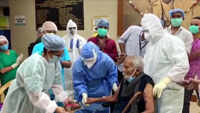 Watch: 101-year-old Mumbai man recovers from Covid-19, hospital staff celebrates his birthday
Watch: 101-year-old Mumbai man recovers from Covid-19, hospital staff celebrates his birthday 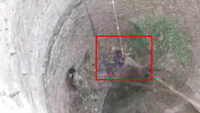 On cam: Drunk man falls into 100-feet-deep dilapidated well, rescued in Andhra Pradesh
On cam: Drunk man falls into 100-feet-deep dilapidated well, rescued in Andhra Pradesh 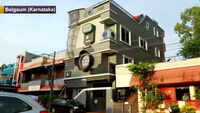 Love for photography: Man builds 3-storey camera-shaped house in Karnataka’s Belagavi
Love for photography: Man builds 3-storey camera-shaped house in Karnataka’s Belagavi
More from TOI
Navbharat Times
Featured Today in Travel
Get the app
